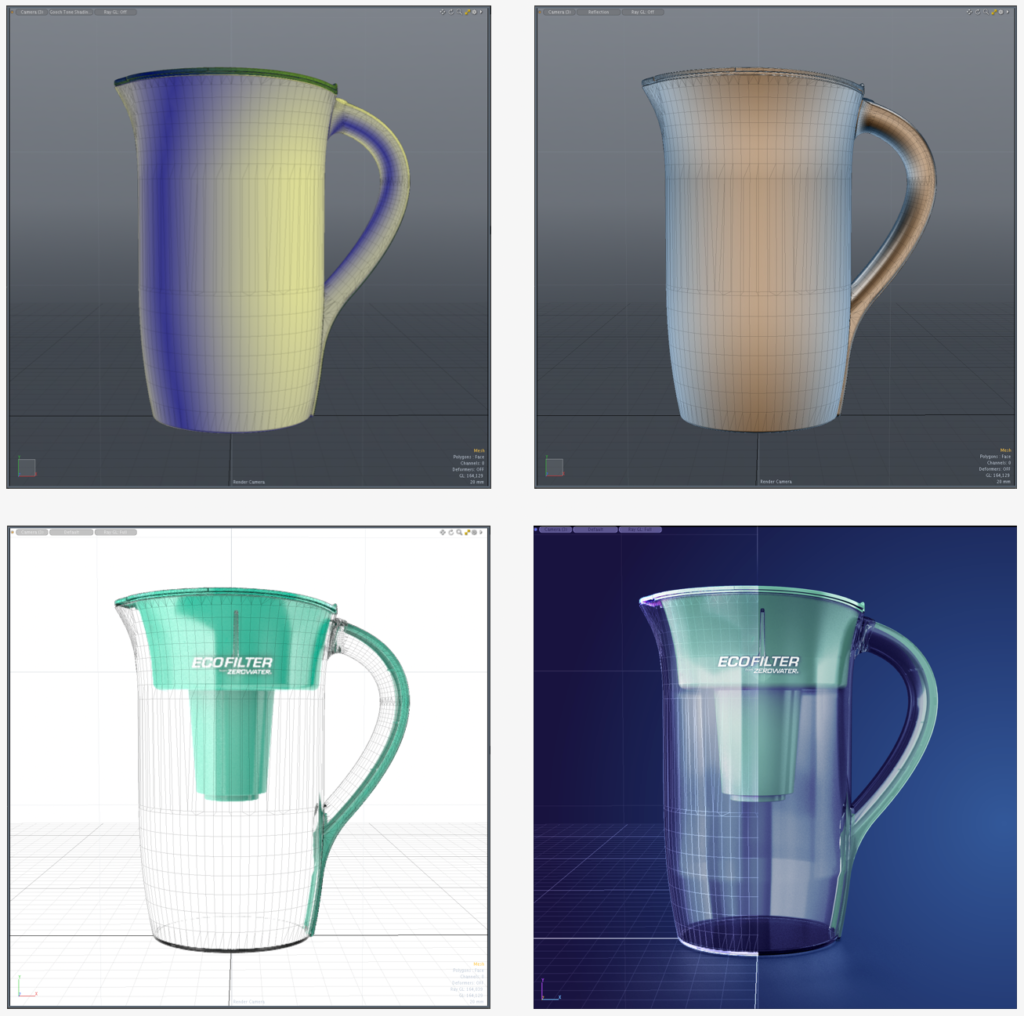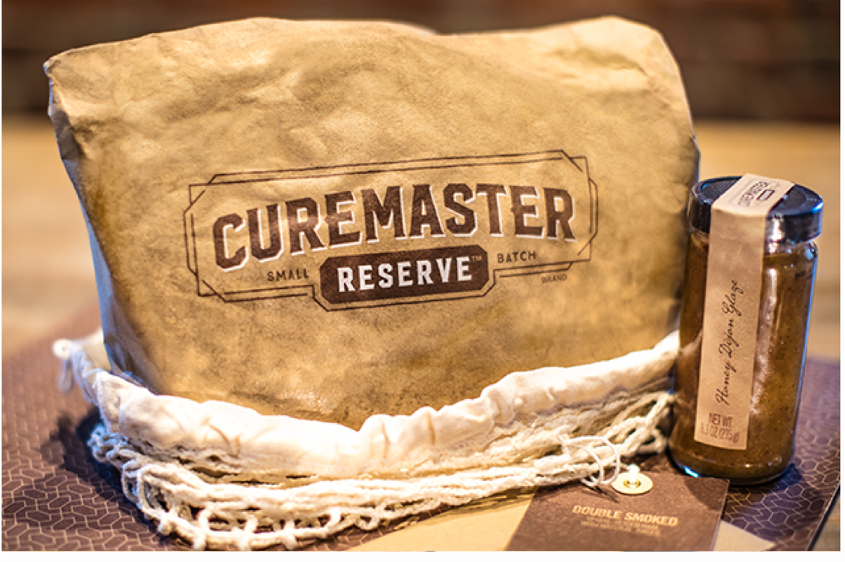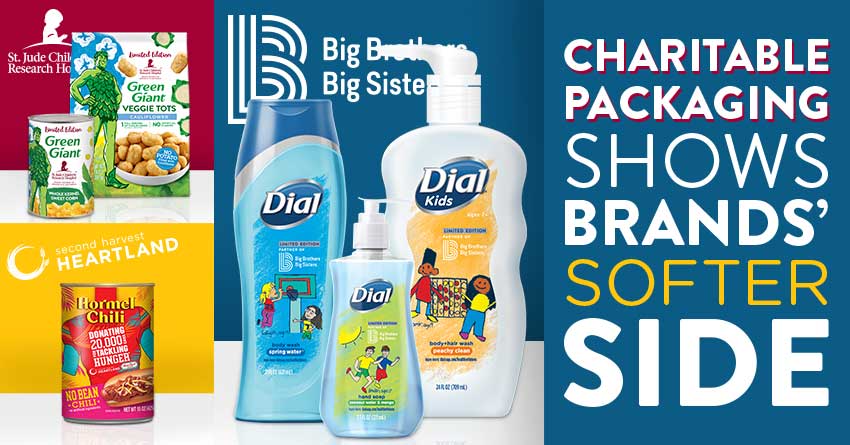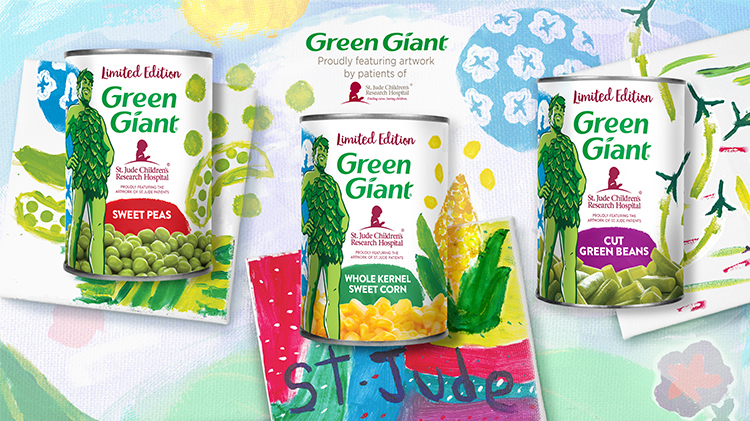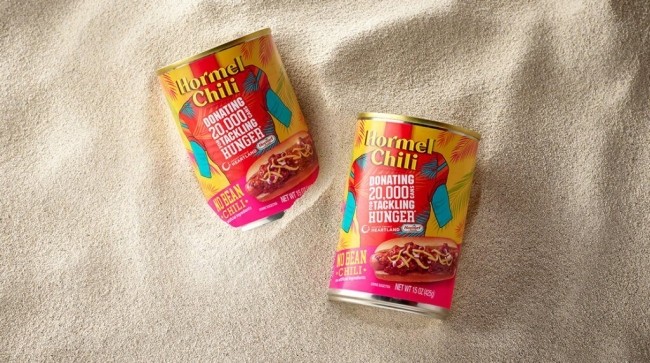The post-covid retail landscape will become increasingly integrated, with brands leveraging both the widespread adoption of online shopping as well as a renewed interest in experiential brick & mortar offerings. With more consumers resuming a hybrid online and in-store shopping model, consistency is essential, as is understanding the nuances unique to each platform.
Design is a key tool in bridging the digital, in-store and at-home experiences that are crucial to brand experience. When approaching creative development, we look to create a universal, extractable elements that can function across platforms to create an engaging brand world.
Build Trust by Bringing Products to Life
We’ve all been duped by products showing up differently than advertised. Keeping digital assets in line with the reality of the physical products builds brand trust and gives consumers confidence in purchasing new brands and products online. Luckily, innovations in digital media, such as 3D wireframing, can create a bridge between the physical reality of a product and its digital translation to e-commerce.

When ZeroWater developed the innovative EcoFilter, they had the opportunity to launch the new product exclusively online before expanding their presence in-store. A combination of photography, video and 3D renderings provided the assets needed for a successful virtual launch. Quality wireframing enabled consumers to get a wholistic, accurate view of the product, helping to build trust and drive purchase intent. Technical videos featuring live product demonstrations ensured a seamless customer journey from discovery to purchase. By unifying the online and in-hand product experience, shoppers were given the tools and the confidence to engage with the brand every step of the way.
Prioritize Packaging
Packaging is an anchor for a brand’s story. It is the consumer touchpoint with the highest physical interaction, living on in people’s homes far beyond any marketing campaign. We’ve mentioned the necessity of having compelling digital content, but it’s also essential that the packing experience be just as delightful and, most importantly, consistent to the look and feel of other touch points. A sleek and on-trend digital presence coupled with outdated packaging creates dissonance and can take consumers out of the brand experience. Packaging also serves as a billboard for the brand at shelf and at home; distinctive packaging, especially when disruptive to the category, is a key driver of overall brand recognition and awareness. In addition to primary packaging, shippers and even SIOC (ship in its own container) provide additional opportunities to bridge the gap and create tangible, memorable experiences.
Curemaster Reserve was looking to introduce a new, artisanal ham with elevated flavor varieties to the e-commerce space. As this was to be the first Hormel brand to launch exclusively via e-commerce, Smith was asked to create a unique, super-premium packaging and unboxing experience. The unveiling included a custom designed shipping box and inner package. The recipient envelope with grommet fasten detail housed recipes, cooking information and a personalized letter from The Curemaster.
Within the box, details like the hangtag, a reusable net bag and a custom printed paper wrap added to the overall authenticity of the product while reinforcing the Artisan Mastery positioning.
Expanding Brand Experience to the Retail Environment
More people than ever before embraced online shopping during the pandemic, and many will continue to enjoy the added convenience and expanded product selection it affords. That said, consumers will also be looking for enticing brick and mortar experiences that can engage and entertain in ways that digital offerings can’t. Retail activations are one way that brands can capture attention and continue the dialog “IRL”. We’ve partnered with brands including Reese’s and Green Giant to create eye-catching in-store brand activations to compliment digital initiatives and reach new demographics.

Looking Ahead
The changes of the last year will have lasting impacts on consumer habits. Expectations for online, in-store and at-home experiences are higher than ever, and brands should be prepared to meet them. Those who embrace and leverage the omnichannel experience will emerge as leaders in the post-pandemic market.
Check out the video below for more on our omnichannel capabilities. Interested in learning more about how to prepare your brand for the Omnichannel Experience? Let’s talk!


